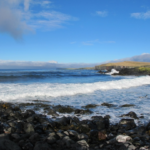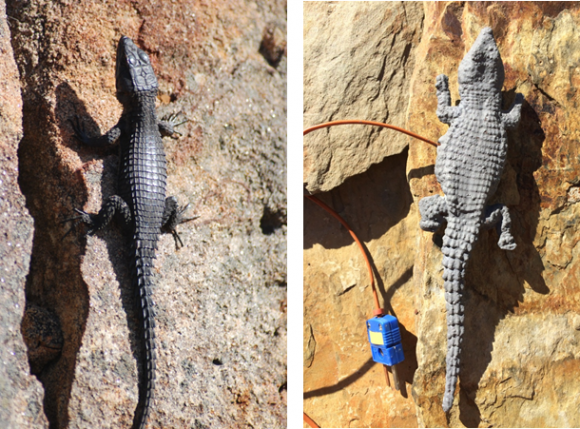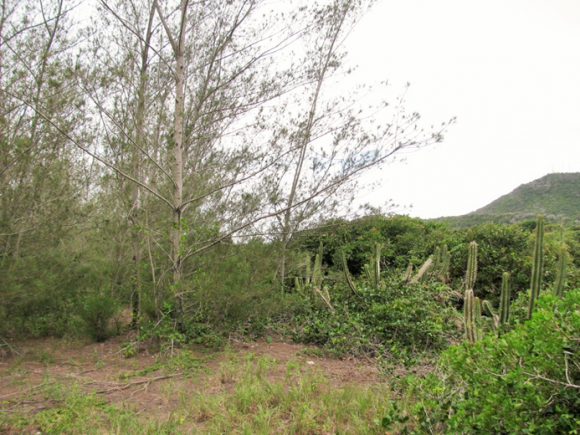18 March 2014 | By Susana Clusella-Trullas
Determining the extent to which organisms are able to tolerate and respond to climate change is important for assessing species vulnerability and informing strategies for biodiversity management. Recent work has demonstrated that responses to warming may be less variable and more predictable in marine than in terrestrial organisms. Variation in the upper limits of temperature tolerance in terrestrial organisms has been showed and three rules have emerged given the patterns found for these organisms across latitudes. First, according to Janzen’s rule, the range of temperature tolerated by organisms should increase with latitude. Second, Vernberg’s rule states that the extent of acclimation of these organisms should increase with latitude; that is, species in higher latitudes should be able to compensate to short-term temperature exposures more readily than species at lower latitudes. Finally, Gause’s rule proposes that acclimation ability should be reduced in organisms that have the highest initial (pre-exposure) or basal tolerance.
A paper published in Functional Ecology by C∙I∙B student Katelyn Faulkner, Dr Susana Clusella-Trullas, Prof Lloyd Peck and Prof Steven Chown assessed the effect of rate of temperature change and acclimation on the upper temperature tolerance of several crustacean populations along a latitudinal gradient to test these three rules.
The authors showed that for all intertidal populations sampled in the sub-Antarctic Marion Island and in South Africa, slow rates of temperature change reduced temperature tolerance and compromised acclimation responses. Species from South Africa had a smaller margin between the highest temperature that they could withstand and the maximum microhabitat temperature compared to their sub-Antarctic counter-parts, supporting Janzen’s rule. In addition, Sub-Antarctic species had more plasticity in the ability to change in the short-term compared to South African species, supporting Vernberg’s rule. This finding shows that sub-Antarctic species pre-exposed to cold or warm spells could cope more optimally to subsequent climatic changes compared to South African species. Finally, the Gause’s rule was also supported as species with highest initial tolerance had the lesser ability to acclimate to short-term temperature exposures.
Overall, temperate populations of marine crustaceans had a lower ability to withstand or respond to increasing temperatures than populations from the sub-Antarctic, even if populations used behavioural thermoregulation to escape extreme temperatures. Thus the responses of marine organisms to warming may not be as coherent and predictable as previous work had suggested. Rather variation in long-term responses may be a consequence of geographical variation in organismal traits, thermal environments, acclimation capacity and evolutionary potential. Finally, this work highlights the importance of understanding the microclimates experienced by crustaceans in the field and the extent to which lethal conditions may be avoided through behavioural thermoregulation.
Read the paper
For more information, contact Susanna Clusella-Trullas at sct333@sun.ac.za






